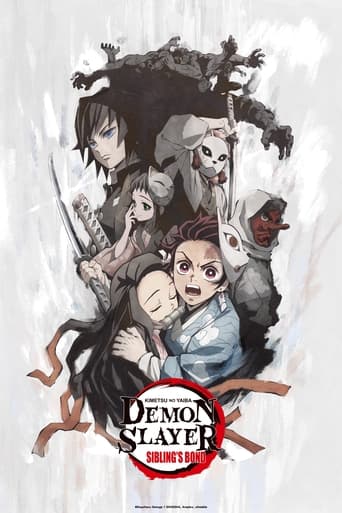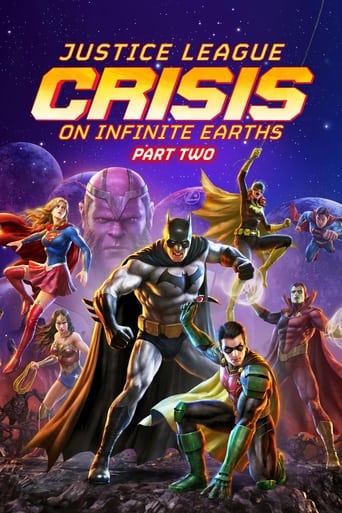Horst in Translation (filmreviews@web.de)
"25-e - pervyy den" or "25 October, the First Day" is a Soviet 9-minute film from 1968, so this one will have its 50th anniversary next year. Writer and director is the famous Yuriy Norshteyn and he was in his 20s still when he made this one. It is his first credit in both professions, but he had of course worked as an animation artist before. Having seen some other works by Norshtein, I must say I am a bit surprised by this one here and how political it is. But this political context is maybe also the only reason to see the film. Animation is sub-par even for the 60s and I don't think that the bleak style is the problem. Russian patriots as well as historians with a special connection to Russia and the Soviet Union are the ones who want to see this film the most. It's definitely not one for the big masses, so you will need a connection with the subject already before watching to enjoy contents, music and the whole product. There is some talking at the very end and written language on some occasions too, but I still believe it's not essential here to have subtitles if you want to understand what is going on. It helps a bit though. Overall, not one of the better Norshteyn films I have seen. I give it a thumbs-down.
ackstasis
I don't want to ramble on for too long about my respect and admiration for Yuriy Norshteyn, perhaps the greatest animator ever to pick up a pencil. Suffice to say that his (unfortunately brief) filmography contains some of the most heartbreakingly beautiful animation I've ever seen, and few works of art can ever hope to rival the brilliance of his two crowning achievements, 'Hedgehog in the Fog (1975)' and 'Tale of Tales (1979).' But even geniuses have to start somewhere, and Norshteyn began his career as an assistant animator on dozens of 1960s Soviet cartoons. He received his first opportunity to direct (sharing credit with Arkadiy Tyurin) with '25-e - pervyy den / 25 October, the First Day (1968),' a celebration of the Bolshevik uprising on October 25, 1917. The short film is similar in style to Norshteyn's later film 'The Battle of Kerzhenets (1971) – which animated Russian frescoes from the 14th-16th centuries – and uses the artwork of Soviet artists Nathan Altman and Kuzma Petrov-Vodkin, who were active in the years following the Russian Revolution.Norshteyn's earliest directorial efforts are quite different from the masterpieces that brought him most of his fame. He uses 2-dimensional cut-out figures to simulate the motion, and character development is so slight as to be almost nonexistent. The film uses the iconic artwork of historical masters to represent symbols, ideas, to tell us of a nation rather than any one individual (a notion that fits rather nicely into Communist ideology). This impassive detachedness from the film's characters detracted, I thought, from 'The Battle of Kerzhenets,' but it works adequately here, even if I had absolutely no idea what was going on most of the time. The wordless film runs for eight minutes, and works as a frenetic collage of overlapping paintings, symbols and shadows, colliding together to tell a story that is incomprehensible to anybody not well-initiated in Russian art and history (that is, me). The animation, though not exactly beautiful, has a Soviet-style charm about it, all cubism and jagged lines. This is a worthwhile debut effort from Norshteyn, but he certainly got better.

